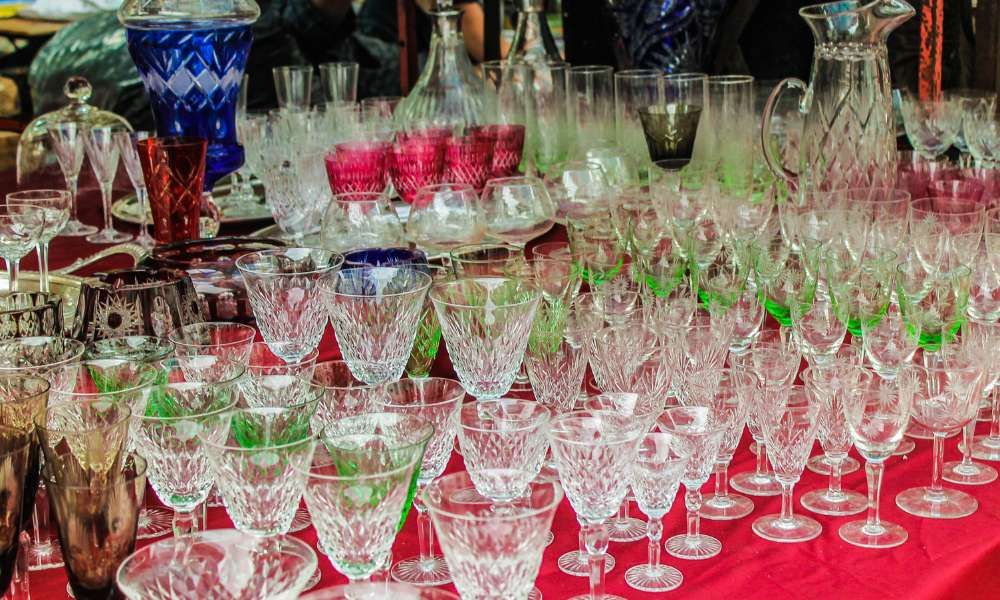what is the criterion for clean glassware, Glassware cleanliness is essential in a multitude of settings, from scientific laboratories and industrial environments to restaurants and households. The quality of glass cleanliness can significantly impact the accuracy of experiments, the quality of products, and even the taste and presentation of food and beverages. Ensuring tableware is truly clean involves more than just a visual inspection. This comprehensive guide explores the criteria for clean glass, the methods to achieve it, and the importance of maintaining these standards.
Why Clean Glassware Matters
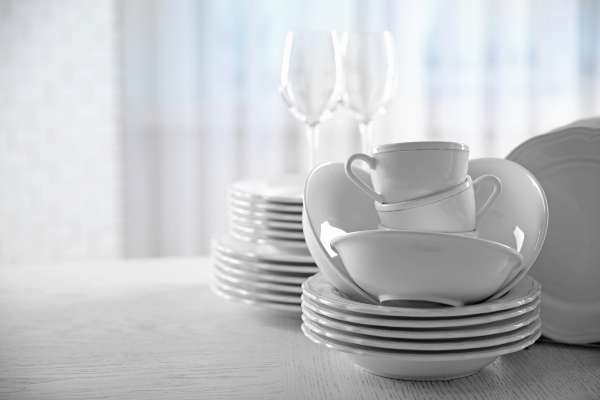
1. Scientific Accuracy: In laboratories, any residue or contamination on glassware can alter the outcomes of experiments, leading to inaccurate results and compromised research integrity.
2. Industrial Standards: For industries such as pharmaceuticals and food processing, contamination can affect product safety and quality, potentially leading to health risks and financial losses.
3. Food and Beverage Quality: In culinary settings, the cleanliness of tableware can influence the flavor and presentation of drinks and dishes, impacting customer satisfaction and health.
4. General Hygiene: In everyday use, clean glass is crucial for preventing the spread of germs and ensuring a healthy environment.
Criteria for Clean Glassware
Achieving truly clean glassware involves meeting specific criteria:
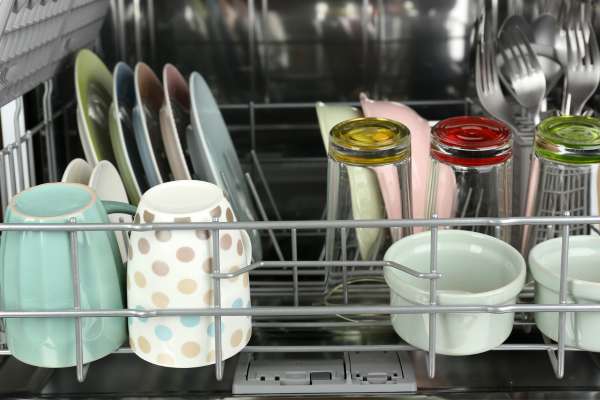
1. Visual Clarity
- No Residue or Streaks: Clean glassware should be free from visible residues, streaks, or spots. This includes water spots, soap residues, or any remaining traces of previous contents.
- Transparency: tableware should be clear and transparent without any haze or cloudiness, indicating that it is free from contaminants and properly rinsed.
2. Touch Sensation
- Smooth Surface: When touched, the glass should feel smooth without any greasy or sticky areas. Clean glass will not have any tactile residue left on its surface.
- No Odor: There should be no residual odors from cleaning agents or previously contained substances.
3. Surface Testing
- Beading Test: Dropping a small amount of water on the surface should result in even, cohesive beading. If water spreads irregularly or forms isolated droplets, it indicates the presence of residues.
- Residue Testing: For more critical applications, such as in laboratories, chemical or biological residue tests can be performed to ensure the absence of contaminants.
Methods for Achieving Clean Glassware
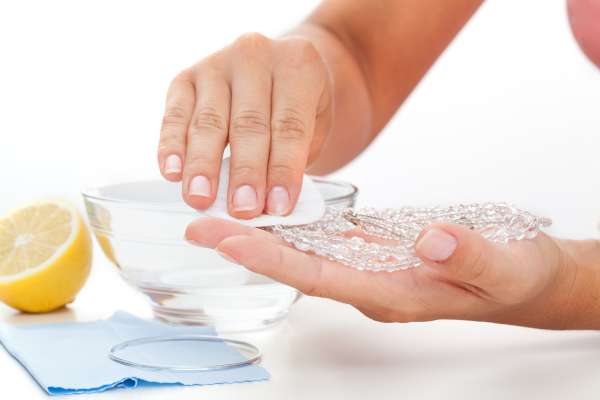
1. Initial Rinsing
- Cold Water Rinse: what is the criterion for clean glassware, Immediately after use, rinse tableware with cold water to remove any residues before they harden.
- Avoiding Hot Water Initially: Using hot water first can cause proteins and other substances to coagulate and stick to the glassware.
2. Detergent Cleaning
- Appropriate Detergents: Use detergents specifically designed for glassware. These should be effective at removing oils, residues, and other contaminants without leaving their own residues.
- Proper Dilution: Follow the manufacturer’s instructions for diluting the detergent to ensure effective cleaning without overuse.
3. Scrubbing
- Soft Brushes or Pads: Use non-abrasive brushes or pads to scrub the glassware. Abrasive materials can scratch the surface, creating areas that are harder to clean in the future.
- Attention to Detail: Ensure that all parts of the glass, including hard-to-reach areas like the bottoms of flasks or the insides of beakers, are thoroughly scrubbed.
4. Rinsing
- Multiple Rinses: what is the criterion for clean glassware, Rinse the glassware multiple times with warm water to ensure all detergent residues are removed.
- Final Rinse with Distilled Water: For critical applications, perform a final rinse with distilled or deionized water to remove any remaining impurities from tap water.
5. Drying
- Air Drying: Allow tableware to air dry on a clean drying rack. This minimizes the risk of contamination from towels.
- Avoiding Forced Drying: Avoid using forced air or heat to dry glass, as these methods can deposit dust or other contaminants on the clean surface.
Maintaining Clean Glassware

1. Regular Inspection
- Routine Checks: Regularly inspect glassware for signs of wear, scratches, or persistent residues. Replace tableware that is no longer able to be thoroughly cleaned.
- Chemical Residue Tests: In critical environments, perform regular chemical residue tests to ensure ongoing cleanliness.
2. Proper Storage
- Clean Storage Areas: Store clean glassware in designated, clean areas to prevent contamination. Ensure storage cabinets are regularly cleaned and free of dust and other pollutants.
- Avoid Overcrowding: Do not overcrowd storage areas, as this can lead to accidental contamination and breakage.
3. Training and Protocols
- Staff Training: Ensure all staff handling glassware are trained in proper cleaning techniques and understand the importance of maintaining cleanliness.
- Standard Operating Procedures: Develop and adhere to standard operating procedures (SOPs) for cleaning and maintaining glass. This ensures consistency and thoroughness in the cleaning process.
Special Considerations
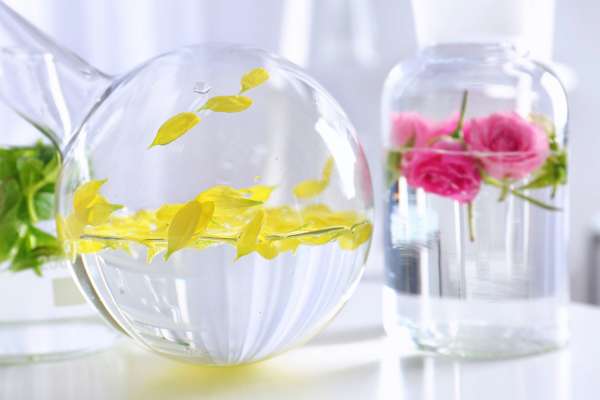
1. Laboratory Glassware
- Contamination Prevention: For laboratory glassware, additional steps such as acid washing, autoclaving, or using specialized solvents may be necessary to ensure complete decontamination.
- Sterility Requirements: In microbiological and medical settings, glass may need to be sterilized using autoclaves or dry heat sterilizers.
2. Industrial and Food Service Glassware
- Regulatory Compliance: Adhere to industry-specific regulations and standards for tableware cleanliness, such as those set by the FDA or ISO.
- Automated Cleaning Systems: Consider using automated glass washers for consistent and efficient cleaning in high-volume settings.
3. Home Use
- Simple Methods: For everyday household use, a combination of dish soap and warm water is usually sufficient. However, ensure thorough rinsing to avoid detergent residues.
- Vinegar and Baking Soda: For stubborn residues or hard water stains, a solution of vinegar and baking soda can be effective.
Conclusion
Maintaining clean glassware is essential across various settings, from laboratories to kitchens. The criteria for clean tableware include visual clarity, a smooth touch sensation, and thorough surface testing. Achieving these standards involves diligent cleaning methods, including proper rinsing, the use of appropriate detergents, and careful drying. Regular inspection, proper storage, and staff training are crucial for maintaining these standards over time. By adhering to these guidelines, you can ensure that your glass is always in optimal condition, supporting accuracy, safety, and quality in all your endeavors.
